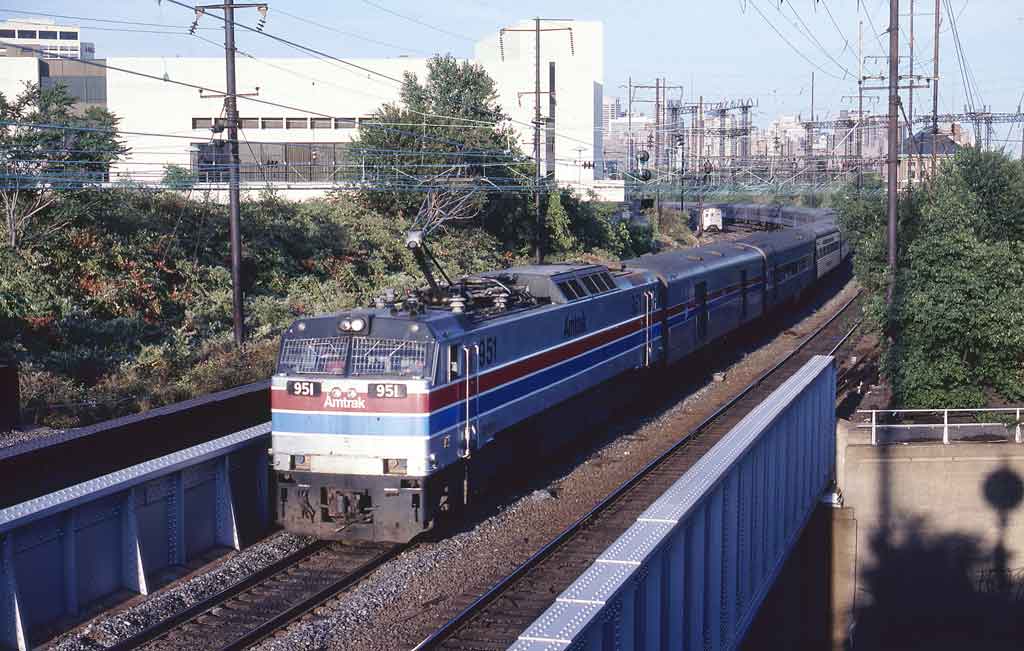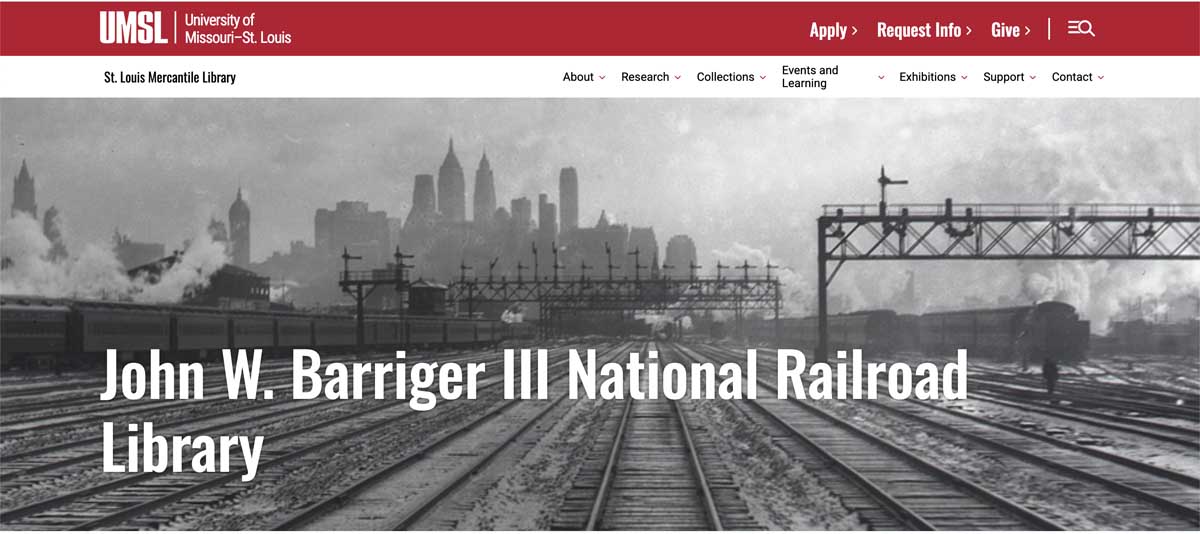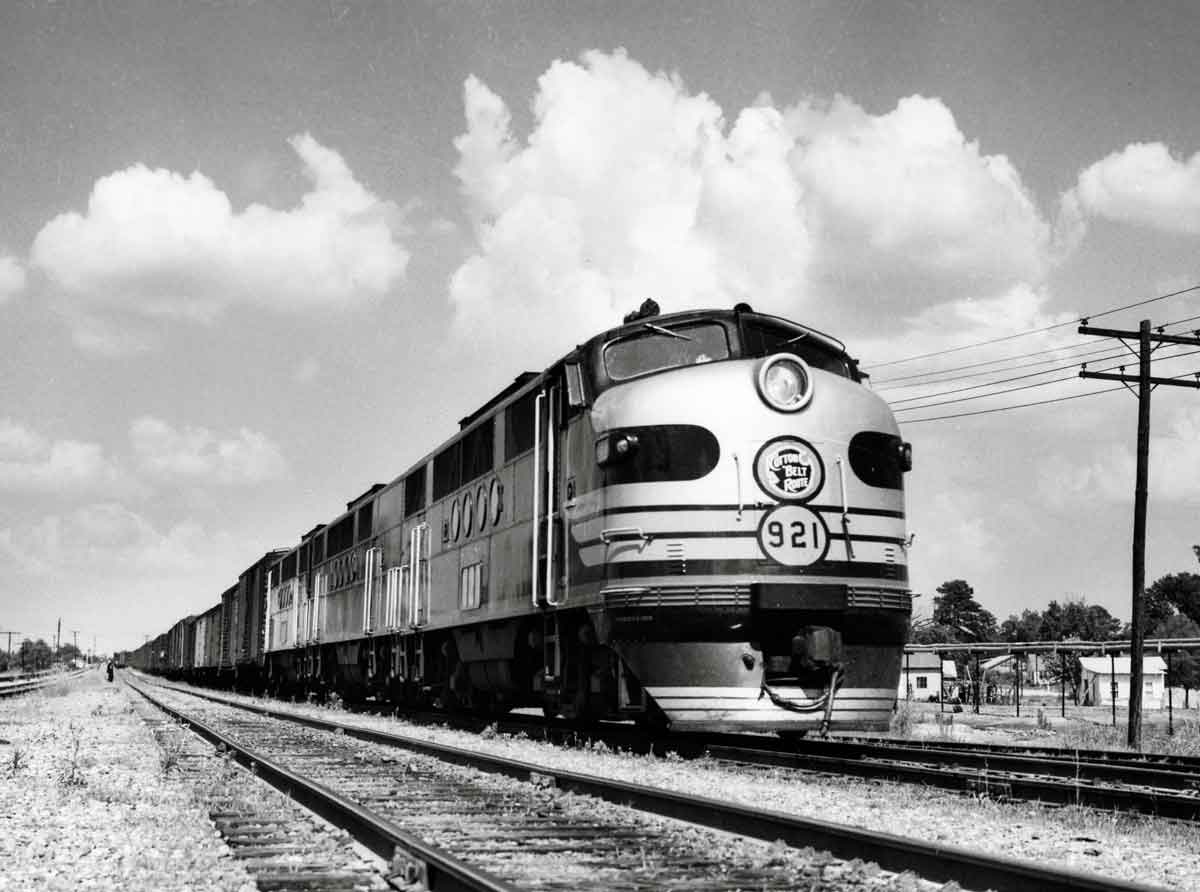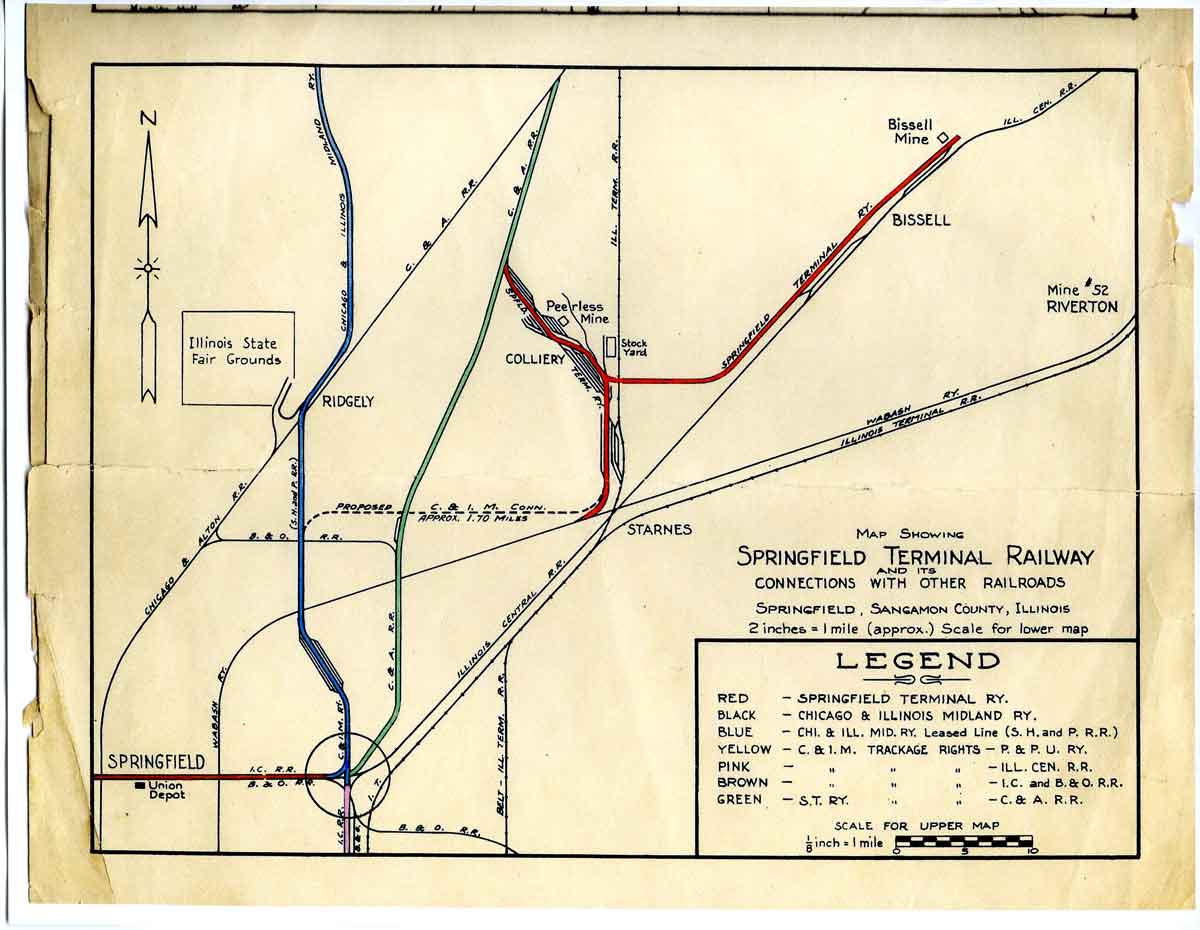Bob Trennert, in his article “A West Coast Railfan in Philadelphia, 1967–1974” in the Spring 2013 issue of Classic Trains, recalls the many changes that occurred on the region’s electric railways during his tenure there. The seven years after he left, 1975–1982, were even more dynamic.
The GE Silverliner IV M.U. cars that began arriving the year he departed became, when the 232-car fleet was complete in 1976, the dominant equipment on the commuter rail lines. However, the new cars did not immediately vanquish the old Reading and Pennsy M.U.’s, which hung on into the 1980s. The last of the ex-PRR MP54’s were retired early in the decade, but a number of ex-Reading Blueliners hung on until 1990.
In June 1978, ground was broken for new line, mostly in a tunnel beneath downtown Philadelphia, that would link the former Reading and PRR commuter networks. The project, completed in November 1984, unified the regional rail network into a single system and resulted in the closure of the 1893 Reading Terminal.
The April 1, 1976, formation of Conrail initially brought few changes under the wire apart from the repainting of some E33’s and E44’s and one GG1 into the government-backed freight carrier’s blue livery. But the transfer to Amtrak of the ex-PRR New York–Washington and Philadelphia–Harrisburg lines as part of the Conrail deal resulted in the diversion of most freight traffic onto non-electrified lines. Conrail retired its last GG1’s in 1979, and ended all electric freight operations in 1981.
The first of Amtrak’s 26 GE-built E60CP and E60CH electrics arrived in early 1975. Six came with steam generators, the rest with head-end-power apparatus for use with the all-electric Amfleet cars that would begin flooding the NEC later that year. It soon became clear, however, that the boxy C-Cs, based on a freight design, would not replace the GG1 fleet as was hoped. Amtrak looked overseas, settling on a Swedish B-B that packed 7,000 horsepower into a 51-foot box-cab carbody. The AEM7’s, as the U.S. versions were called, began taking over for GG1’s in spring 1980. A year later, the only GG1’s in Philadelphia were occasional strays from New Jersey Transit’s New York–South Amboy, N.J., commuter service.
The city streetcar system suffered a severe blow in October 1975 when a carbarn fire destroyed hundreds of PCC cars. SEPTA acquired some former Toronto PCC’s as replacements, but conversion of car lines to bus operation continued. In 1980, Kawasaki-built “light rail vehicles” began replacing the old cars on SEPTA’s former PTC and Red Arrow trolley lines. On the third-rail P&W Norristown line, SEPTA retired the Liberty Liners in the late 1970s, but it was not until 1993 that permanent replacements for the P&W’s Bullet and Strafford cars began arriving.














